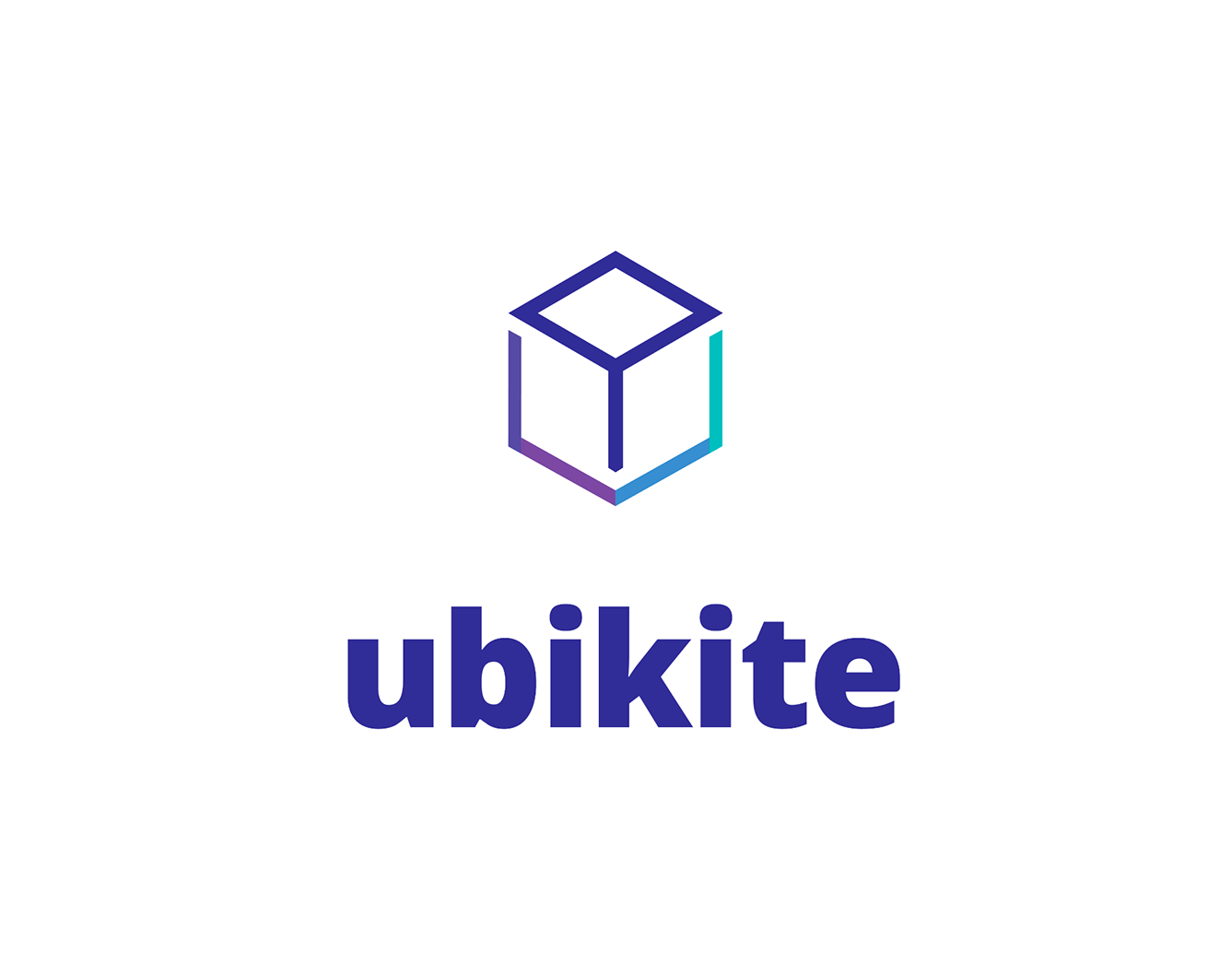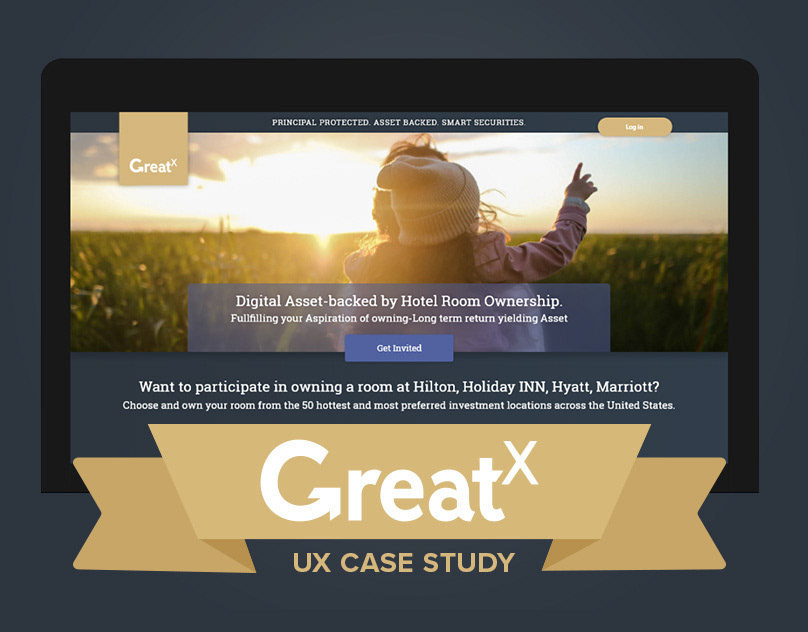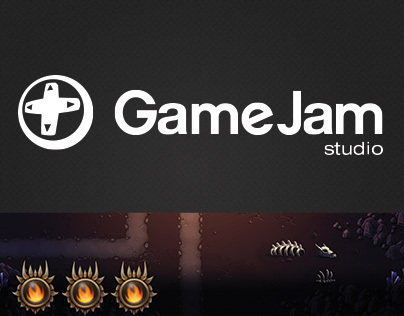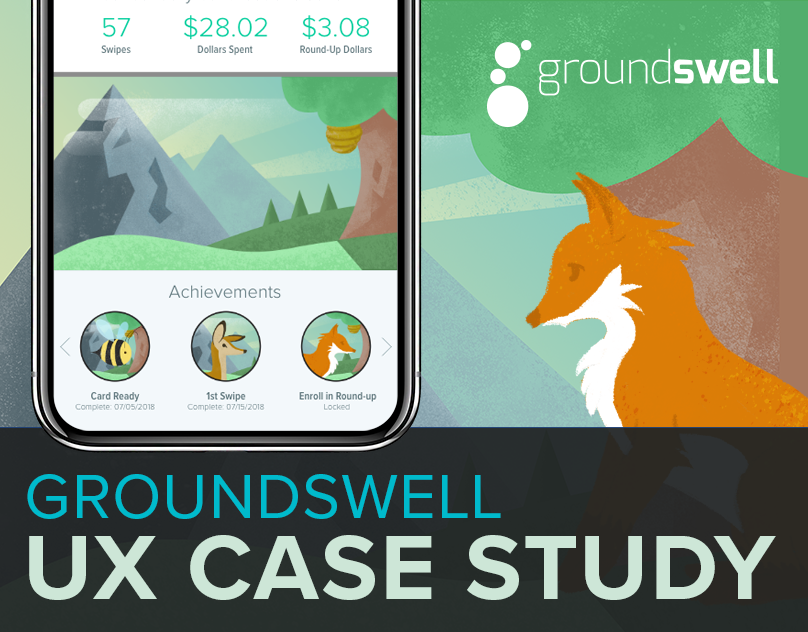Pearl by CPRS for Costco
A first-of-its-kind custom entity management application
Principal: Alexandra Pilla
UX Lead: Haripriya Chettyamuni
Visual Design Lead: Chris Gallegos
UX Designer I: Carolyn Wishnousky
Visual Designer II: Jinto Thomas
A full gut job: what we discovered...
Problem Statement
A retail merchant vendor is performing its core business functions with legacy tools that no longer meet performance and security requirements. Also, using two separate systems to perform the same claims management tasks allows for some frustrating inefficiencies.
Discovery Phase Goals
Understand and capture the functionality supported by two existing legacy platforms,
Identify commonalities and discrepancies between the two tool sets,
Gather insight from a variety of end-users including our clients' internal team and end-client personnel,
Identify points of frustration (a.k.a. “pain points”) held commonly across user groups.
Define the master feature set and database schema for the development of a replacement platform.
From the design documentation: Legacy database management application powered by Microsoft Access 2010 used by client personnel to track and manage the workflow of claims. Claim entities have a flat hierarchy with several key attributes.
The business process was complex with many rules and special contingencies. I worked closely with our Senior Solutions Architect to digest the business process based on stakeholder interviews and detailed reviews of the existing infrastructure. Existing legacy tools were woefully inadequate, relying solely on the institutional knowledge and vigilance of their personnel to enforce strict compliance and excellent customer service.
A Dire Status Quo: Communicating a complicated state of emergency...
Our client had survived with these antiquated tools for years by implementing clever work-arounds that took just about five years to spiral beyond their ability to control and maintain order.
I developed these simple infographics to get our non-technical stakeholders onto the same page with their CTO and our team to champion a full-scale digital transformation effort.
With hard data and visual aids, it didn't take long to convince the executive team that immediate action was needed to stay ahead of digital disruption. We got right to work on executing our vision with the perfect roll-out strategy for our client's available resources.
Strategy & Design
Our in-depth discovery process allowed me to quickly synthesize a simple solution to a problem with many layers of complexity. The business case placed a high priority on a clean, modern, highly-sellable platform that they could later license to other vendors to offset their investment in developing the tool.
When the user selects an entity by clicking on the card element, a drawer opens at right that contains all possible item details and actions.
The application programmatically determines the proper next steps according to the business process.
Meanwhile, that long-time veteran personnel that carried the company through decades of inferior tools demanded a different use case. The simplistic card-based UI didn't support the workflow process they'd spent many years perfecting. A simple toggle provided a table modality that eased the transition between the generations.
A table view allows veteran auditors to quickly scan down through many rows, using their decades of earned domain knowledge to interpret arcane codes and initialisms at a glance. Users lacking this level of comprehension feel more comfortable in the card modality.
Sample Specs
Screen reader order and keyboard shortcuts are defined to serve visually-impaired and power users.
Hand-created documentation like this is submitted along with automatically-generated design specs to ensure the proper outcome.
Summary:
This robustly-defined and engineered minimally-viable product (MVP) was successfully deployed, achieving user acceptance (UAT) in early 2019. While this release continues to be vetted by a pilot group of a few dozen client personnel, the first minor release is well underway. We'll be rolling out this feature set, plus two new modules to a few dozen new users. After this minor release makes it through UAT, the tool will support tens of thousands of users worldwide.










